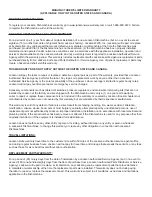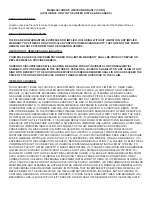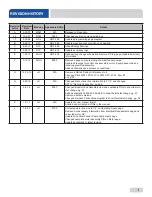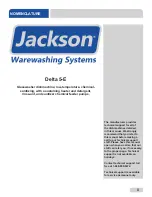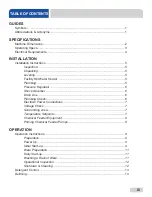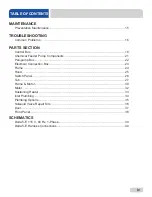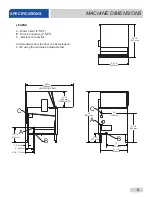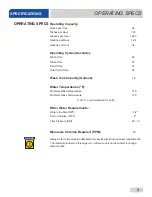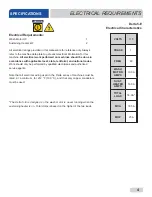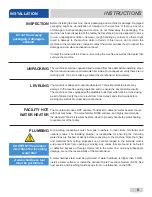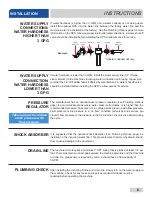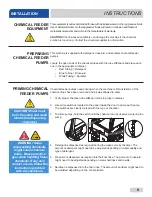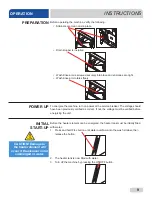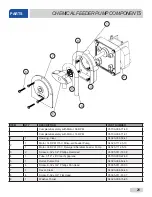
8
This equipment is not recommended for use with deionized water or other aggressive fluids.
Use of deionized water or other aggressive fluids will result in corrosion and failure of
materials/components and will void the manufacturer's warranty.
CAUTION!
Chorine-based sanitizers can damage the machine if the chemical
solution is too strong. Contact the chemical supplier for information.
This machine is supplied with detergent, rinse-aid, and sanitizer chemical feeder
pumps.
Locate the open ends of the chemical tubes with the tube stiffeners and place each
one in the appropriate container.
• Red Tubing = Detergent
• Blue Tubing = Rinse-aid
• White Tubing = Sanitizer
Chemical feeder pumps need priming when the machine is first installed or if the
chemical lines have been removed and air was allowed to enter.
1.
Verify proper chemical tube stiffener inlet is in proper container.
2. Use prime switches located on the panel inside the door to prime each pump.
The switches are clearly marked with the type of chemical.
3.
To prime pumps, hold the switch until the chemical can be observed entering the
sump.
4.
Detergent is dispensed as required during the wash cycle by the timer. The
amount of detergent might need to be adjusted depending on water quality and
type of detergent.
5.
Rinse-aid is dispensed as required into the final rinse. The amount of rinse-aid
might need to be adjusted depending on water hardness and results.
6. Sanitizer is dispensed into the final rinse. The amount of sanitizer might need to
be adjusted depending on the concentration.
CHEMICAL FEEDER
EQUIPMENT
PRIMING CHEMICAL
FEEDER PUMPS
WARNING!
Some
dishwashing chemicals
might cause chemical
burns. Wear protective
gear when handling these
chemicals. If any skin
contact occurs, follow the
instructions provided
with the chemicals.
PREPARING
CHEMICAL FEEDER
PUMPS
INSTRUCTIONS
INSTALLATION
!
WARNING
!
CAUTION
CAUTION!
Water must
be in the sump and wash
tank before dispensing
chemicals.
!
CAUTION


